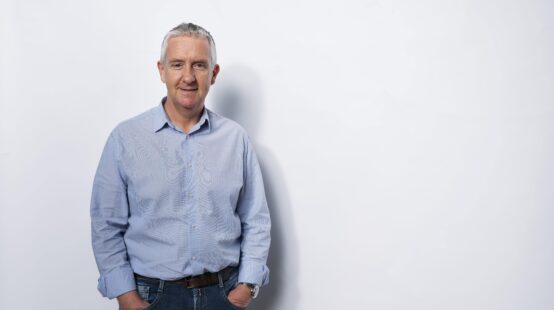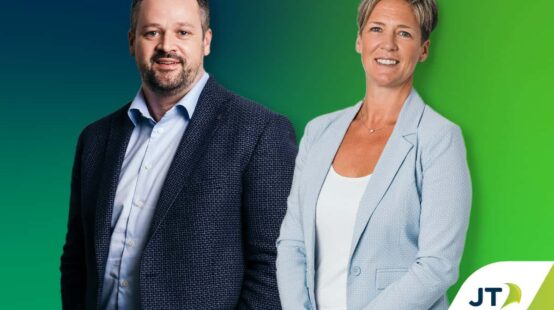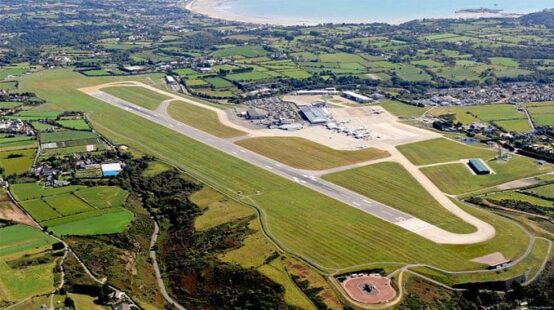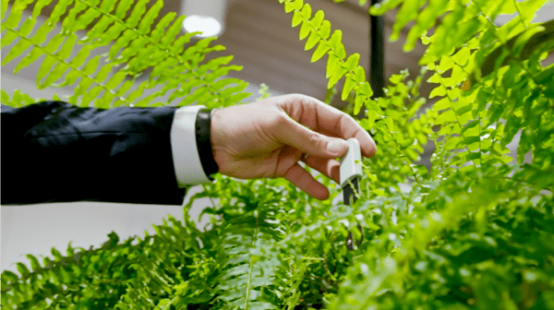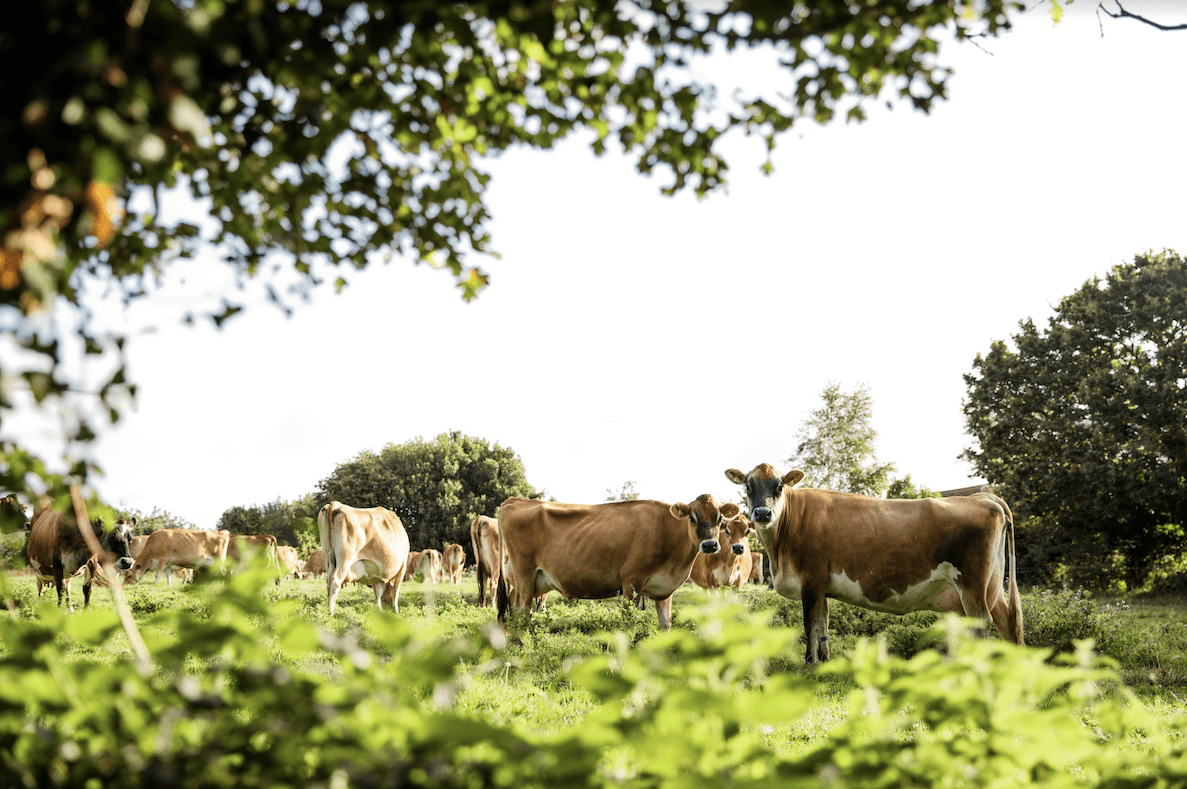
Rachel Wijsmuller from Digital Jersey explains how we are working with the agricultural community to enhance the collection and use of data – using sensors and shared digital infrastructure – to help Jersey attain greater economic, environmental and social sustainability. There are growing concerns globally about the future of agri-systems which are universally under pressure to feed more people, with less money and in worsening environmental conditions.
As announced in a recent press release and as part of a broader project on digital twins, Digital Jersey is working with farmers, Jersey Water, and the Environment Department to test the idea of an agricultural data model which would include inputs from farms and the Department, combined with mathematical models from Rothamsted Research, a global leader in agricultural science.
This blog post is an opportunity to tell you a bit more about the project, where we’re up to and to introduce the team working on it.
The pilot project asks: can an agricultural system become more sustainable if inputs from all the stakeholders are combined? Managing multiple, often conflicting, requirements is a challenging task at the best of times, so how could digital technology help find a way forwards that also improves the overall system sustainability?
The initial proof of concept will mathematically model a farmed catchment that contains both potato and dairy production areas as well as important water resources.
We will explore different scenarios that improve the overall sustainability of the combined dairy-potato production system in the catchment. As part of this, we will be able to discover essential trade-offs between, for example, financial and environmental sustainability, or whether it is possible to find win-win scenarios.
It will also be possible to identify the priority steps and any enabling measures (investment, policy changes, retailer and public behaviours) that could be taken to move from where production systems are now, to this new optimum.
The test will occur in two phases, starting with a theoretical investigation using mathematical models based on real Jersey data to assess the possibility of increasing sustainability of potato and dairy production (6-months). If successful and all participants are in agreement, this investigation could be followed by an experimental phase which will test the model predictions to definitively show whether it is possible to produce cleaner water, reduce inputs and waste, and increase quality at the same time.
Sustainability Focus
Sustainability, at a high level, is defined as economic, environmental, and social prosperity now and in the future. Part of the project will tackle what sustainability means under each of those headings, and, as a starting point, we will use BASF’s AgBalance definition. AgBalance includes over 70 measures of ecological, social, and financial sustainability, which we will adapt to meet our needs, as well as expanding it to include new scientific developments on soil quality measurement over the past several months.
We met with Jersey water late last year to identify two suitable pilot catchments which both have a strong impact on the quality of drinking water, resulting in the selection of Val de la Mar and Queens Valley catchments for study.
The sustainability model will be supported by a data hub – hosted by Digital Jersey – which aggregates data from various sources. One of the first tasks in the investigation is to understand which datasets already exist (perhaps part of the ongoing LEAF accreditation project) and which will need new monitoring using sensors and Internet of Things (IoT) technology. Local IoT companies will be participating in this part of the project, supported by University College London for agriculture-specific devices. In and of itself, the new monitoring could be helpful and make farming more efficient in the pilot catchments. Subsequent stages of the project include work with experts at Rothamsted Research and farmers to tune the model to suit Jersey, and our specific requirements for the pilot catchment areas.
Community
The benefit of involving all stakeholders from the outset (Government, Jersey Water, the Cooperative Society, growers and the public) is that we can work together with the platform to discover new ways to improve overall sustainability of the island’s production system.
The close community in Jersey, together with the availability of data and infrastructure, makes the island an ideal place to test this proposal, and a great case study for the Sandbox Jersey programme.
Later in the project we will be using the recently launched Virtual Jersey platform to open the doors of the model to the public in an augmented or virtual reality environment. The immersive nature of AR and VR is an incredibly powerful tool for communicating complex analysis in an impactful way. Within AR or VR residents and non-experts will access a mechanism to shape the decisions being made about the environment in which they live. This method of citizen engagement in scenario planning is a tool that Digital Jersey will seek to develop in further projects if proven successful in the pilot.
Next Steps
Our next phase is to follow up with various stakeholders on how the project is developing and to understand more about the activities in the catchment areas with the help of the Environment Department and Jersey Dairy.
